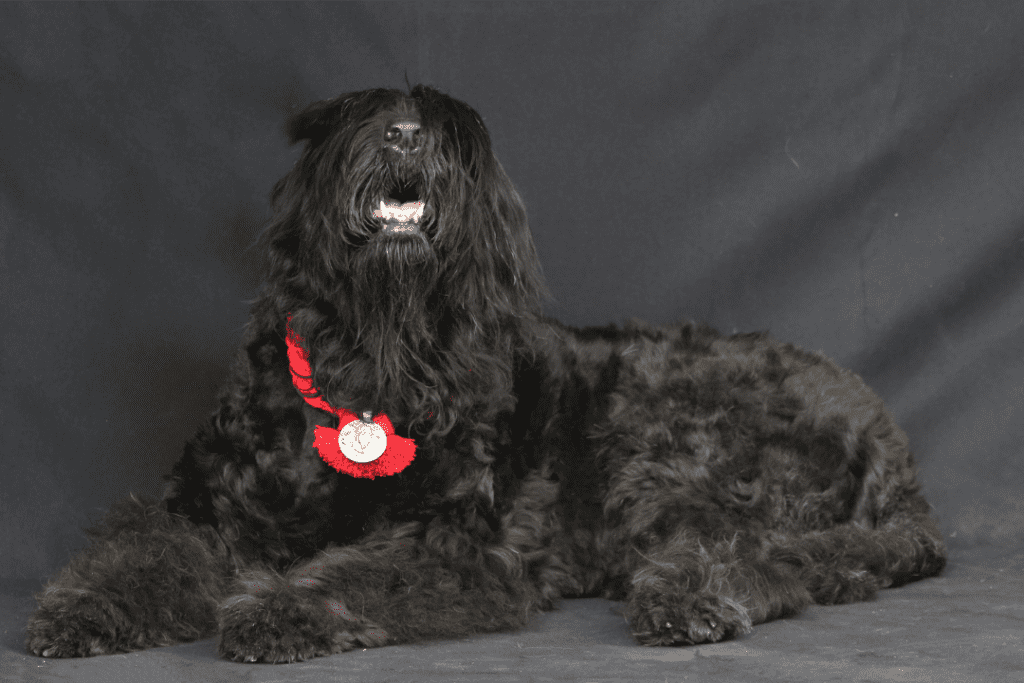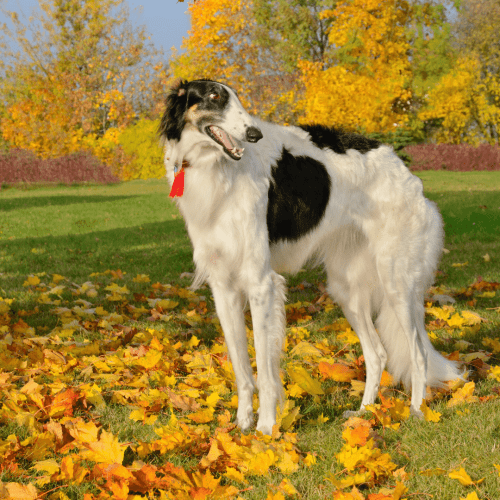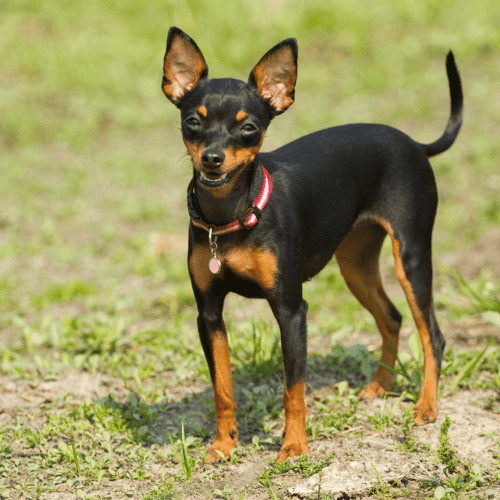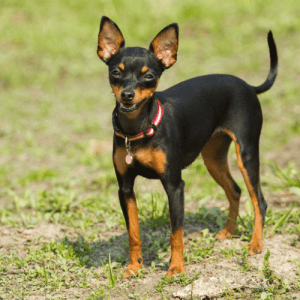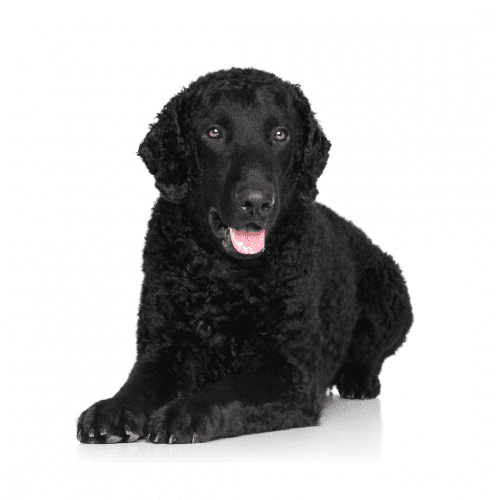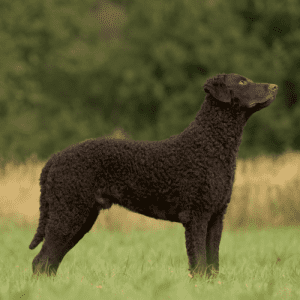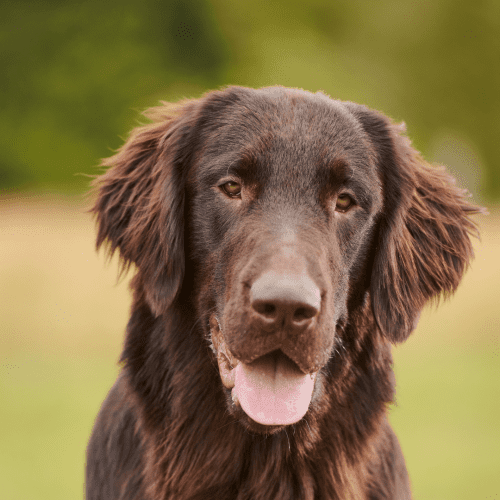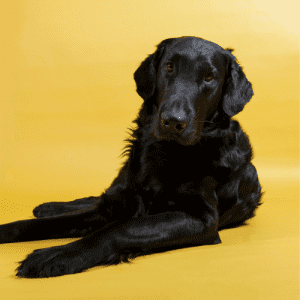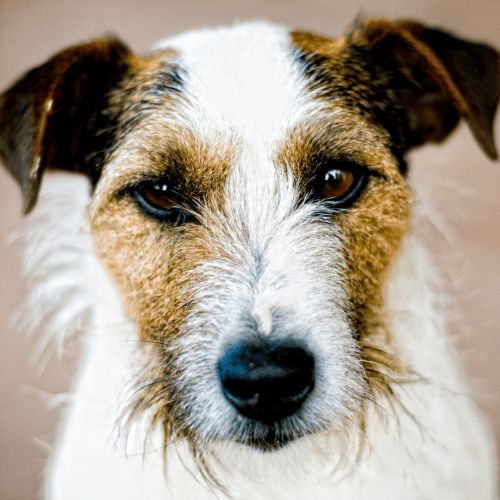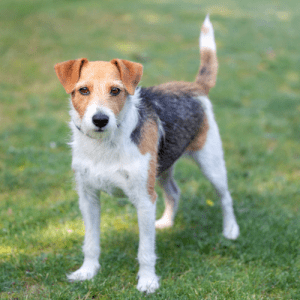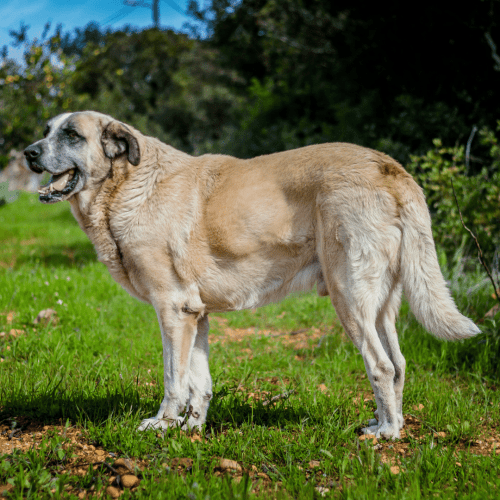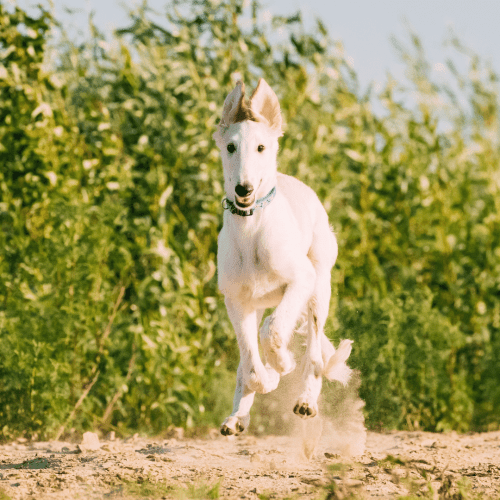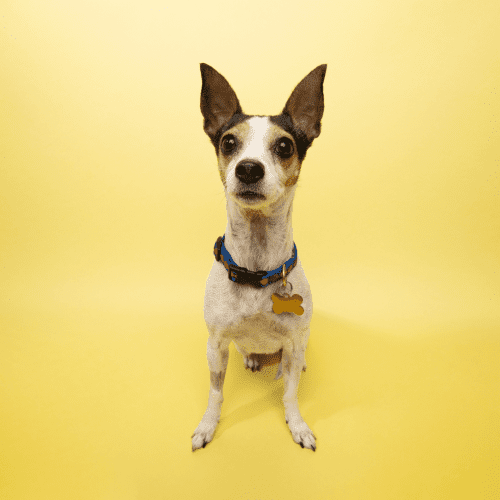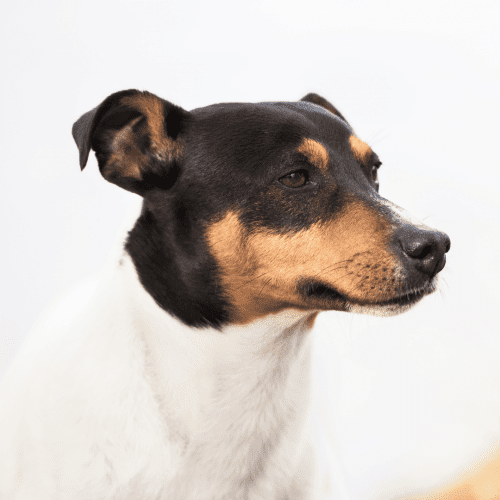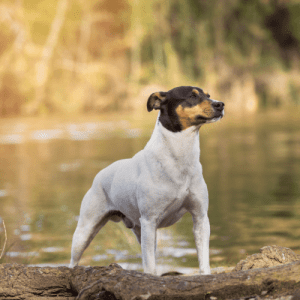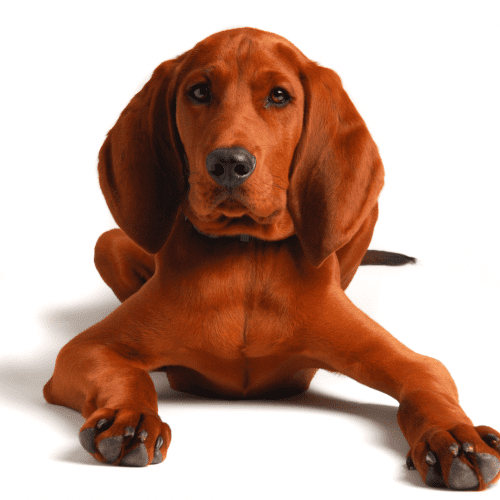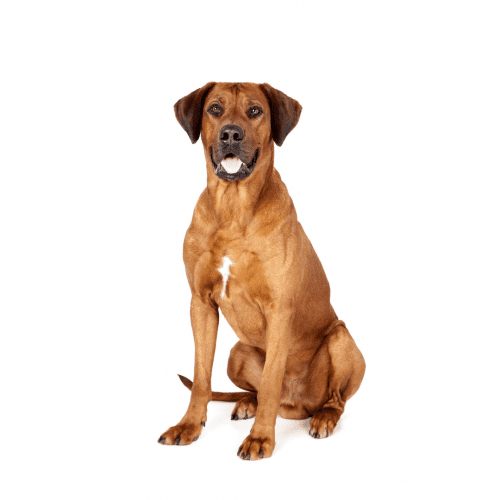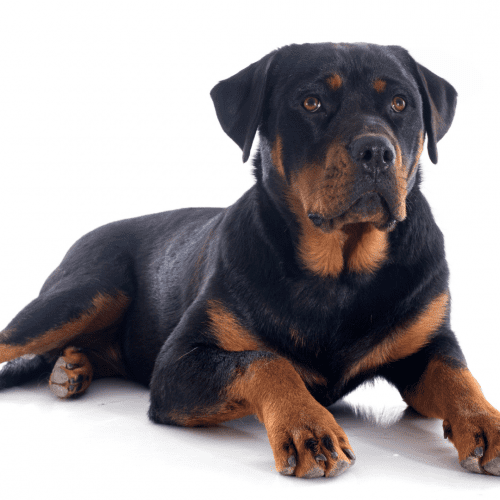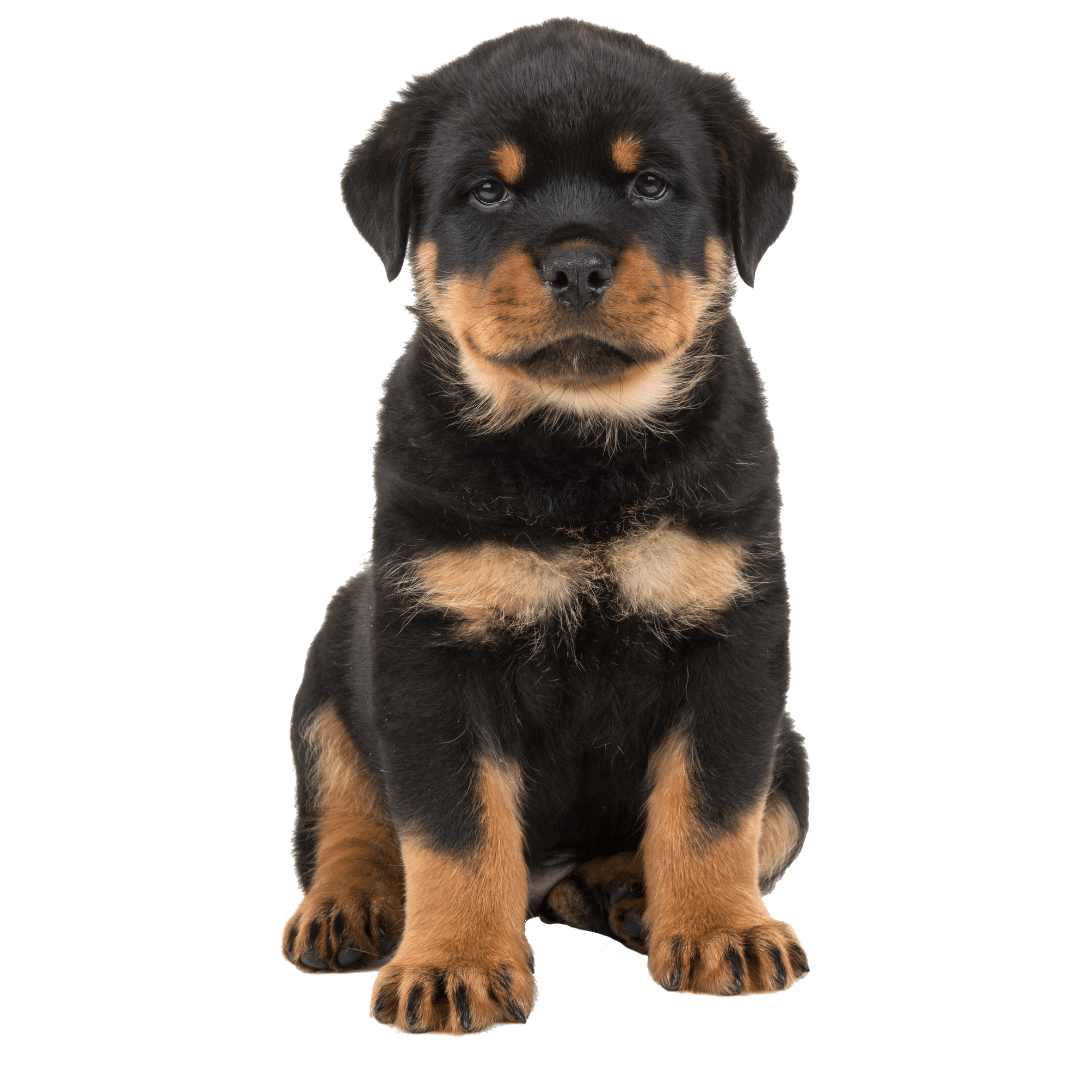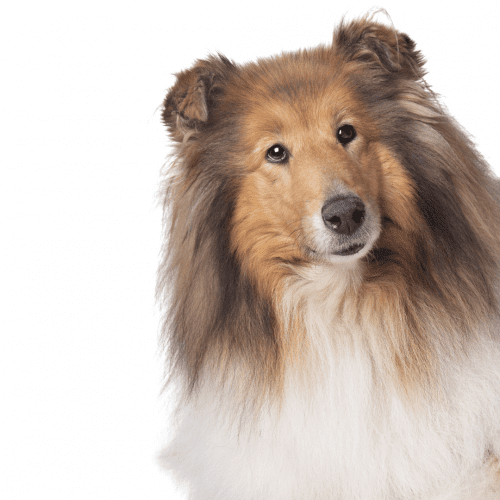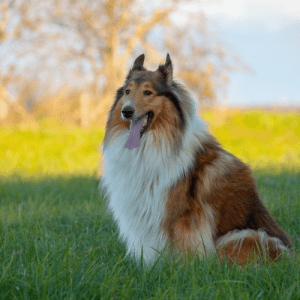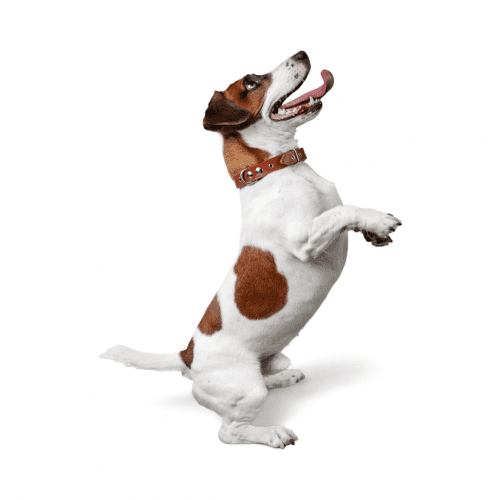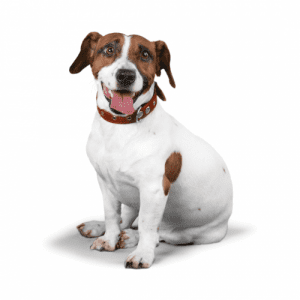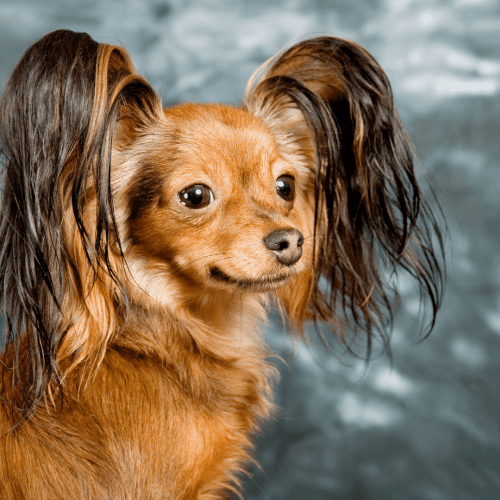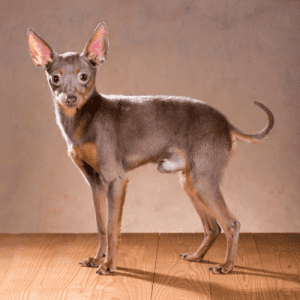
What Is The History Of The Rajapalayam Dog Breed?
The Rajapalayam Dog is an Indian Sighthound breed once used to hunt wild boar and deer. The breed gets its name from the city of Rajapalayam in Tamil Nadu, India, where it was originally bred. The Rajapalayam Dog is a large, muscular dog with a short coat that can be either all-white or white with black or tan markings. This breed is known for being loyal, intelligent, and fearless and makes an excellent guard dog. While the Rajapalayam Dog is not widely known outside India, it is gaining popularity as a companion animal in its home country.
The Rajapalayam Dog, originally hailing from the city of Rajapalayam in Tamil Nadu, India, has a storied past rooted in hunting. This breed, although not precisely an Indian Sighthound, was purposefully bred for hunting wild boar and deer. Known for its unwavering loyalty, intelligence, and courage, the Rajapalayam Dog boasts a robust and muscular physique, often displaying a short coat that comes in either pure white or white with black or tan markings. While its popularity remains largely confined to India, the Rajapalayam Dog is progressively making its mark as an adored companion animal in its country of origin.
The Rajapalayam Dog draws ancestral ties from the Mudhol Hound, another prominent Indian breed. Once held in high regard by the Nayakar dynasty of Tamil Nadu, these dogs served both as skilled hunters of boar and deer and as vigilant guardians of royal palaces. Historical records even suggest their potential involvement in the Carnatic Wars (1746-1763), a series of confrontations involving the French and British East India Companies. In recent years, the Rajapalayam Dog’s allure as a companion animal has surged in India. While its fame has yet to transcend international borders, its potential as a cherished pet is evident, thanks to its affectionate and devoted nature.
What Does A Rajapalayam Dog Look like?
Rajapalayam dogs showcase a short, rigid, and dense coat predominantly white in hue. Although the length of their fur varies across individuals, it generally tends to be short. An added benefit is their minimal shedding, making them an ideal choice for individuals with allergies who still seek the companionship of a furry friend. Elegantly elongated tails, often held aloft, and alert, erect ears contribute to the Rajapalayam Dog’s regal and attentive demeanor. Males typically stand at shoulder heights of approximately 24 inches, while females tend to be slightly shorter. Their muscular build and deep chests exude strength, while their straight legs and compact paws facilitate a graceful yet powerful stride. Renowned for their intelligence and loyalty, Rajapalayam dogs are widely considered one of the world’s most exquisite canine breeds. These attributes, combined with their aesthetic beauty, make them captivating and devoted companions, an excellent choice for anyone seeking a loving addition to their family.
How Big Is An Adult Rajapalayam Dog?
The Rajapalayam Dog falls within the larger spectrum of canine breeds, with males generally weighing between 70 to 100 pounds and females ranging from 60 to 70 pounds. While some individuals may tip the scales at over 100 pounds, such instances are less common. With an average height spanning 25 to 30 inches, the Rajapalayam Dog commands attention due to its substantial size. When fully matured, these dogs often share dimensions comparable to those of a small pony or calf. Impressively, their size doesn’t hinder agility; these dogs possess remarkable lightness and dexterity, capable of running, jumping, and even swimming with prowess. Their imposing presence and remarkable athleticism make the Rajapalayam Dog a truly remarkable and attention-commanding breed.
Are There Other Dog Breeds Related To The Rajapalayam Dog?
Yes, there are several dog breeds that share similar traits with the Rajapalayam dog in terms of appearance, temperament, or historical background. Here are a few dog breeds that you might find interesting:
- Kanni: The Kanni is another Indian breed that shares similarities with the Rajapalayam dog. Like the Rajapalayam, Kanni dogs also originate from Tamil Nadu and are known for their loyalty, agility, and hunting abilities. They have a similar hound-like appearance with a short coat, but their coloration can vary, including black and tan or sable.
- Combai (Indian Bear Hound): The Combai, also known as the Indian Bear Hound, is another native breed from Tamil Nadu, India. They were used for hunting wild boar and other large game. Combais are muscular and strong, with a distinct appearance and protective nature.
- Bully Kutta: The Bully Kutta, also known as the Pakistani Mastiff, shares some similarities with the Rajapalayam in terms of size and protective instincts. This breed is known for its loyalty and courage, making it a popular choice as a guard dog. While the Bully Kutta’s appearance is different from the Rajapalayam, they share certain traits.
- Dogo Argentino: The Dogo Argentino is a breed that was developed in Argentina for big-game hunting, and it has some parallels with the Rajapalayam’s hunting background. Both breeds were bred for hunting large game, and the Dogo Argentino is known for its strength, loyalty, and protective nature.
- Great Dane: The Great Dane, although not originating from India, shares the Rajapalayam’s size and imposing presence. Great Danes are known for their gentle and friendly nature despite their large size, which can be somewhat similar to the Rajapalayam’s protective yet affectionate demeanor.
It’s important to note that while these breeds may share some traits with the Rajapalayam, each breed has its own unique characteristics, and individual dogs within a breed can vary widely in temperament and behavior. If you’re interested in a specific breed, it’s recommended to thoroughly research the breed’s characteristics, care requirements, and temperament to determine if it’s the right fit for your lifestyle and preferences.
What Is The Life Expectancy Of A Rajapalayam Dog?
The Rajapalayam Dog boasts a life expectancy of 12 to 15 years, reflecting its loyal and affectionate nature that resonates well with families. While relatively robust in health, like all canines, this breed is susceptible to specific health conditions that could potentially curtail its lifespan. To ensure a long and joyous life for your Rajapalayam Dog, regular veterinary check-ups, a balanced diet, and ample exercise are imperative.
Can A Rajapalayam Dog Be Trained?
Rajapalayam dogs are highly intelligent and amenable to training across various domains. Obedience, agility, tracking, and protection work are among the tasks they can master. Further enhancing their appeal, Rajapalayam dogs possess a profound loyalty and affection toward their families, rendering them exemplary companion animals. When equipped with proper training, a Rajapalayam dog becomes a splendid addition to any household.
What Are Some Interesting Facts About A Rajapalayam Dog?
The Rajapalayam dog is a unique and fascinating breed with a rich history and distinctive characteristics. Here are some interesting facts about the Rajapalayam dog:
- Origin: The Rajapalayam dog gets its name from the town of Rajapalayam in the Tamil Nadu state of India, where the breed originated. They were traditionally bred by the Nayakar rulers for hunting purposes.
- Appearance: Rajapalayam dogs are known for their striking appearance. They are large, muscular dogs with a well-defined hound-like face. Their coat is short, fine, and typically comes in a pure white color. Their pink nose and amber or light-colored eyes add to their unique look.
- Albinism: Rajapalayam dogs often have a genetic condition called albinism, which is responsible for their white coat, pink nose, and light eyes. However, this condition can make them more susceptible to certain health issues, such as sensitivity to sunlight and skin problems.
- Guard and Hunting Dogs: Historically, Rajapalayam dogs were bred as guard dogs and hunting companions. They were skilled in tracking and holding down game, making them effective in hunting boar, deer, and other large animals.
- Temperament: Rajapalayam dogs are known for their loyalty and protective nature. They tend to be reserved and wary of strangers, making them excellent guard dogs. However, they can also be gentle and affectionate with their family members.
- Health: Like many purebred dogs, Rajapalayam dogs can be prone to certain health issues. Apart from the potential complications related to albinism, they might be prone to hip dysplasia and other orthopedic problems. Regular veterinary check-ups and proper care are essential to ensure their well-being.
- Endangered Status: The Rajapalayam dog breed is considered rare and endangered. Efforts are being made by breed enthusiasts and organizations in India to promote and preserve the breed’s heritage and population.
- Low Maintenance Coat: Despite their white coat, Rajapalayam dogs have a relatively low-maintenance coat. Their short fur requires minimal grooming compared to breeds with longer coats.
- Obedience and Training: Rajapalayam dogs are intelligent and can be trained well if proper training techniques are used. Early socialization and consistent positive reinforcement training methods are recommended to bring out their best behavior.
- Popularity: While the Rajapalayam dog remains relatively unknown outside of India, it has a dedicated following among dog enthusiasts within the country. Its unique appearance and historical significance make it a cherished breed among those familiar with its qualities.
Remember that each individual dog’s personality and characteristics can vary, even within the same breed. If you’re considering adopting a Rajapalayam dog, make sure to do thorough research and consult with breed experts to ensure it’s the right fit for your lifestyle and expectations.
How Does A Rajapalayam Dog Interact With People?
A Rajapalayam Dog stands as a stalwart and devoted breed, ideally suited to companion life. The breed is recognized for forging deep bonds of affection and loyalty with its owners, often adopting a “velcro dog” persona, yearning to remain in close proximity. These dogs exhibit a gentle and quiet disposition, their watchful nature surfacing when the situation demands. While they generally coexist harmoniously with other pets and children, they may initially harbor caution toward strangers. By introducing them to proper socialization and training, a Rajapalayam Dog seamlessly integrates into family life, adding a delightful dimension to any household.


